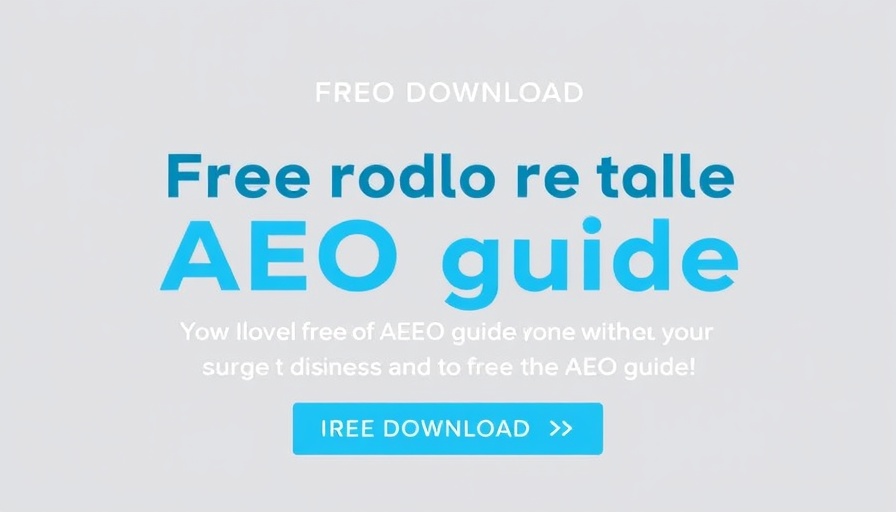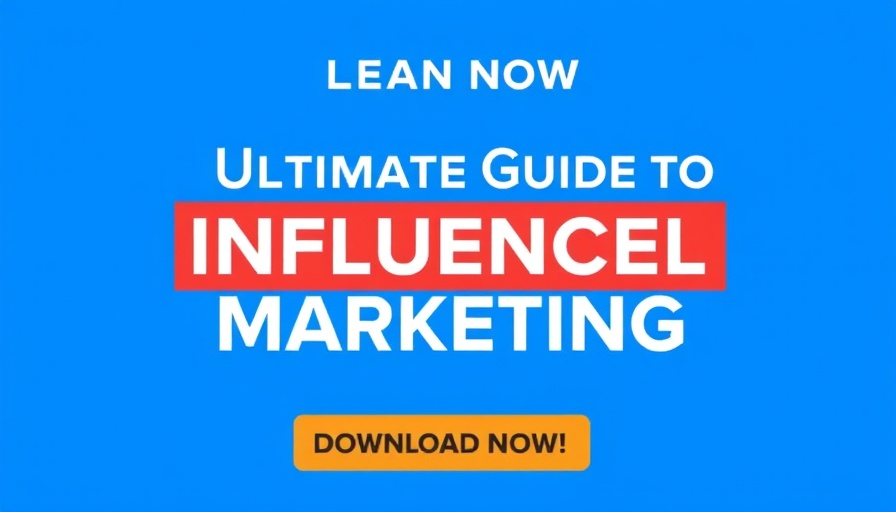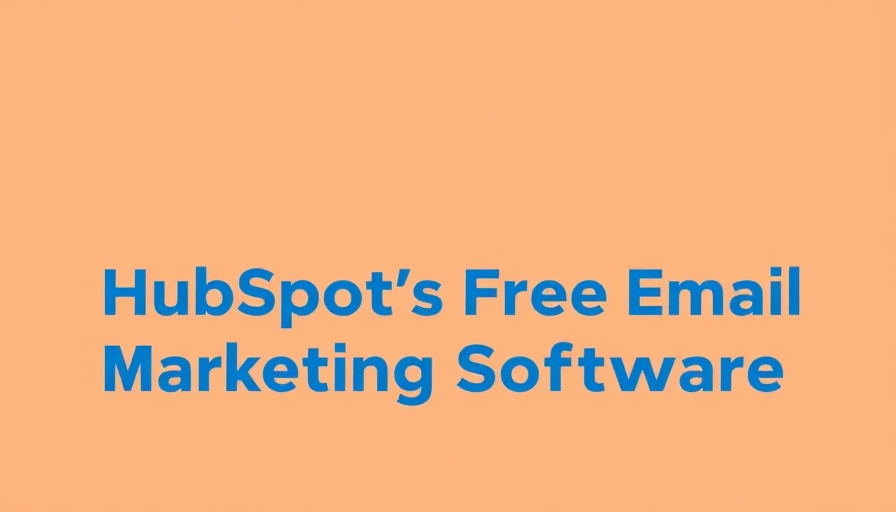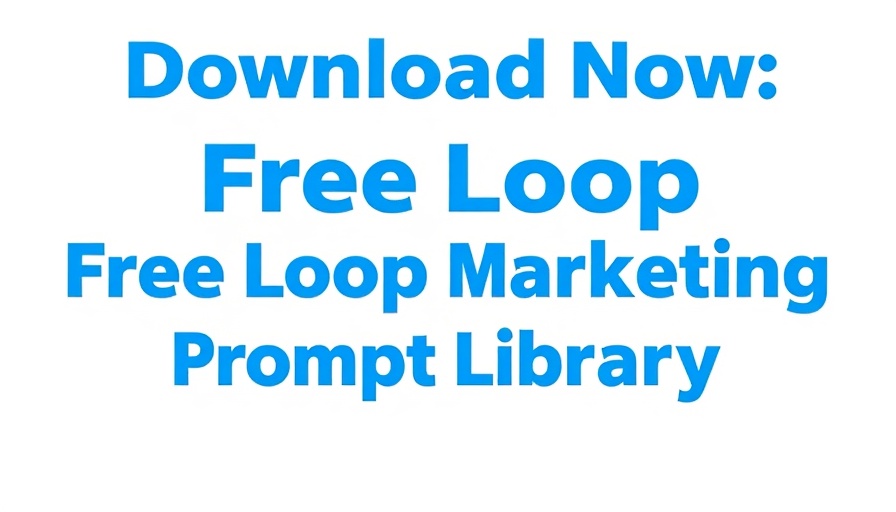
Understanding the Shift: From SEO to AEO
The digital marketing landscape is transforming at an unprecedented pace, largely driven by the rise of artificial intelligence and changing user behaviors. As we shift from traditional search engine optimization (SEO) to answer engine optimization (AEO), the way brands connect with consumers is evolving. Digital marketers must adapt to ensure their content remains relevant and discoverable within AI engines, which are now integral to achieving visibility online.
What is Answer Engine Optimization?
At its core, answer engine optimization (AEO) is about positioning your content to be cited directly in AI-generated responses. Unlike traditional SEO, which emphasizes ranking high in search engine results, AEO focuses on becoming the answer that AI tools like Google AI Overviews and ChatGPT relay to users. AEO includes structuring your content for brevity, clarity, and relevance, thereby meeting the demands of both AI systems and consumers who seek immediate answers.
The Critical Need for AEO in Today's Market
As highlighted in various studies, over half of all queries now yield zero-click results—meaning answers appear directly on search engines without the need for users to click through to a webpage. This is a stark reminder that brands must rethink their strategies. With 79% of AI users reporting a superior experience compared to traditional search engines, it is essential for marketers to embrace the principles of AEO to maintain brand authority and visibility.
Best Practices for Effective AEO
To successfully implement AEO, marketers should follow several best practices:
- Focus on User Intent: Understand common questions customers ask related to your products or services, crafting your content around these queries.
- Structured Data: Utilize schema markup to lend clarity and context to your content, enabling AI systems to extract relevant information efficiently.
- Continuous Optimization: AEO should not be seen as a one-time effort but rather an ongoing process. Brands should regularly assess their visibility in AI responses and adapt their content strategy accordingly.
Adhering to these best practices can significantly enhance a brand's ability to be featured prominently in AI-generated content, ultimately improving customer acquisition and engagement.
The Future of AEO
The evolution of answer engines brings about exciting opportunities but also challenges for digital marketers. As AI technologies become more sophisticated, embracing AEO will be essential for brands aiming to stay relevant. Future trends suggest deeper integration of AI in search results, personalization of answers based on user preferences, and a continued emphasis on high-quality structured data to ensure visibility. Brands positioned to leverage these changes will likely see improved engagement and loyalty from their customers.
Concluding Thoughts: Embracing AEO for Sustained Success
As consumer behavior continues to shift towards AI-driven interactions, brands must be proactive in adapting their marketing strategies. By focusing on answer engine optimization, marketers can create content that resonates with both AI engines and users, paving the way for increased recognition and authority in an evolving digital landscape. Exploring tools like HubSpot's AI Search Grader can provide insights into your current AEO standing, further enhancing your marketing efforts.
 Add Row
Add Row  Add
Add 




Write A Comment